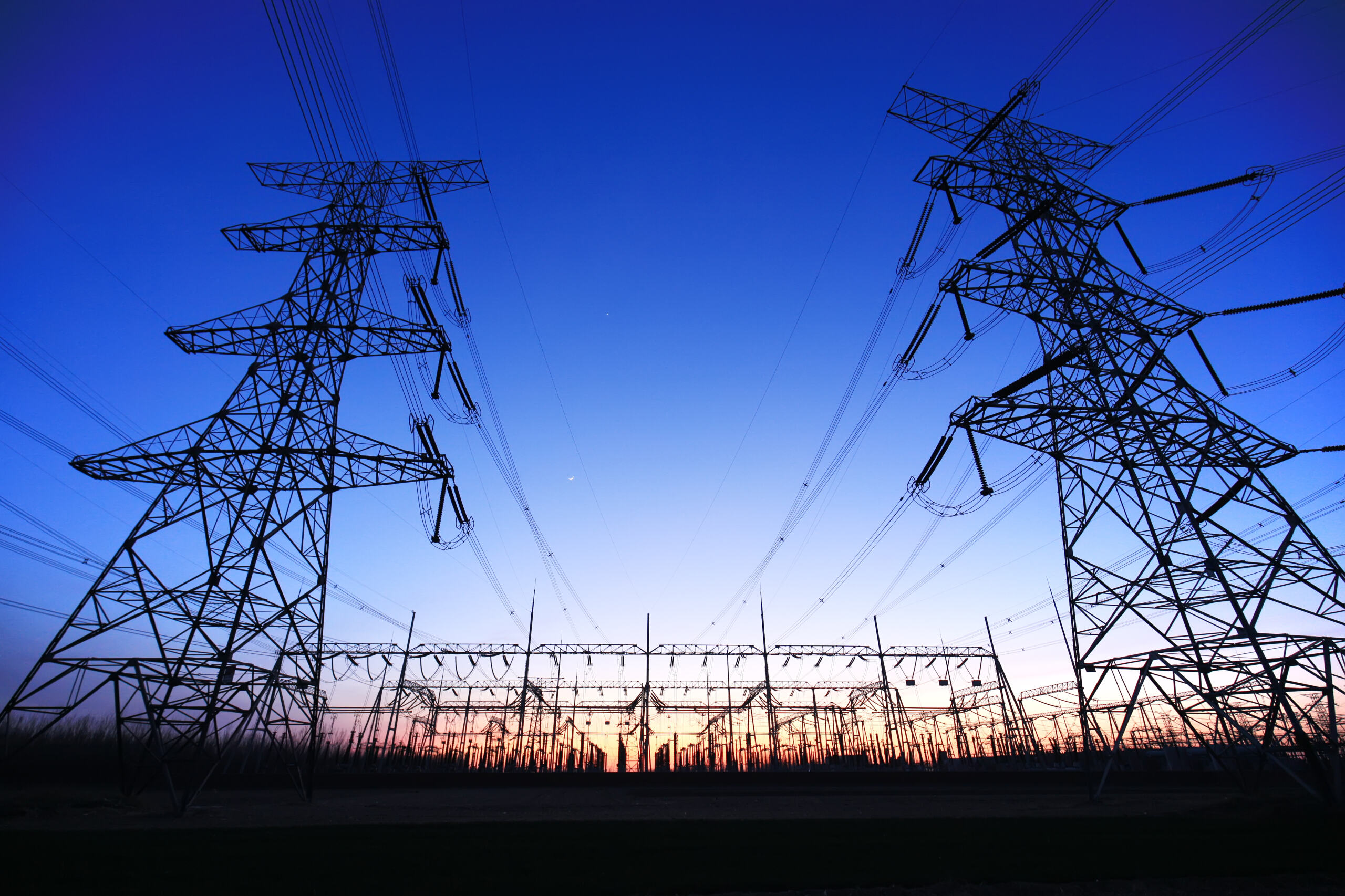The U.S. is experiencing an unprecedented data center boom, fueled by the rise of artificial intelligence (AI), cloud computing and digital transformation across industries. However, the country’s aging transmission infrastructure is struggling to keep up, creating bottlenecks that threaten the sustainability and reliability of these power-hungry facilities.
Modernizing and expanding transmission infrastructure is critical to ensure that data centers can access the power they need without straining the grid. But with challenges from transmission planning to permitting and interconnection, new grid modernization strategies and solutions are essential to accelerate projects, optimize existing transmission capacity and bridge the power gap.
Data Center Growth and Energy Consumption
-
The global data center market is projected to reach $453.5 billion by 2033.
-
The U.S. is the worldwide data center leader with 5,388 locations and growing.
-
Data centers consumed 7.4 GW of power in 2023, a 55% increase from 2022.
-
New AI data centers are projecting loads of up to 1 GW each.
-
Northern Virginia’s Data Center Alley is the world’s largest market, with over 2,600 MW of total power demand.
The Data Center Surge is Straining the Grid
Today’s data centers consume vast amounts of electricity, and demand is only increasing. Large facilities supporting everything from generative AI models to enterprise cloud storage are emerging at a record pace. The key digital trends impacting the grid include:
- AI and High-Performance Computing (HPC): Training and running AI models require intensive computational power. For example, a single AI model can require energy equivalent to powering thousands of homes. New AI data centers are expecting loads up to 1 GW, which is as much as a medium-sized city or as much as a large powerplant.
- Hyperscale Expansion: Tech giants like Google, Microsoft and Amazon Web Services continue to expand their cloud infrastructure, increasing the need for robust power delivery systems.
- Geographic Concentration: Many data centers are clustered in regions like Northern Virginia, Texas and the Midwest, putting localized stress on transmission infrastructure.
Data centers require massive, continuous power supplies, often beyond what local transmission networks can provide. Many large-scale operators purchase power directly at the transmission level, bypassing local utilities for cost savings and reliability. However, the existing transmission system was not designed to handle such rapid, concentrated growth in electricity demand. Regional capacity limitations are already delaying data center projects, increasing costs and creating reliability concerns.
Transmission Bottlenecks: A Major Obstacle to Growth
While the U.S. has made significant investments in renewable energy and power generation, transmission capacity has not kept pace. Key challenges include:
- Grid Congestion: Many areas with high data center demand are experiencing transmission constraints, preventing new facilities from accessing adequate power.
- Slow Project Timelines: High-voltage transmission lines can take up to a decade to plan and build, while data centers are often operational in under two years—creating a significant timeline mismatch and impeding progress in data center development.
- Regulatory and Permitting Delays: Federal, state, and local approvals for new transmission projects can take years, slowing data center expansion efforts.
- Interconnection Issues: Even when transmission capacity exists, connecting data centers to the grid requires complex coordination between utilities, developers and regulators.
Without addressing these barriers, data centers may face project delays, increased costs and difficulty securing renewable energy sources to meet sustainability commitments.
Bridging the Power Gap: Solutions for Expanding Transmission Infrastructure
To support continued data center growth and ensure grid reliability, it is critical to invest in transmission expansion and modernization initiatives that create new pathways for both markets to thrive. Adapting to the changing power and digital landscapes, resolving capacity challenges and embracing the shift of the energy transition requires utilities and regulators to consider action in three key areas.
1. Accelerate Transmission Development
- Streamlining federal and state permitting processes can reduce project approval timelines and get more transmission capacity online, faster.
- Expanding regional transmission planning processes can help align expansion with future data center needs including the development of multiple transmission lines to provide redundancy and capacity.
- Leveraging grid enhancing technologies such dynamic line ratings and flexible interconnection can maximize existing transmission capacity before building new lines.
2. Upgrade Existing Infrastructure
- Investing in high-voltage direct current (HVDC) or extra-high voltage AC lines can more efficiently move power across long distances to where capacity requirements are highest.
- Deploying advanced grid management systems will help optimize electricity distribution.
- Strengthening local substations and investing in bulk energy storage systems (BESS) will help maximize transmission system flows and stabilize the grid for enhanced data center performance.
3. Enhance Utility and Developer Collaboration
- Encouraging partnerships between utilities, data center developers and transmission operators will support more efficient planning for long-term demand growth.
- Implementing flexible interconnection strategies will streamline the processes to bring new capacity online faster.
Next Steps: How TRC Can Help
The data center boom is reshaping the energy landscape, but without major investments in transmission infrastructure, growth will be stifled. Utilities, policymakers, and developers must work together to modernize the grid and remove bottlenecks.
TRC’s tested engineering, environmental and digital practitioners are at the forefront of this transformation. Our planning, design and regulatory experts deliver the solutions needed to power the next generation of data centers.
We bring decades of experience in transmission planning, permitting and infrastructure modernization. We work with utilities, data center developers and policymakers to:
- Conduct transmission system impact studies to identify bottlenecks and solutions.
- Navigate complex permitting and regulatory processes to accelerate project timelines.
- Design and implement grid resilience strategies to ensure reliable power delivery.
Our team helps bridge the gap between data center expansion and transmission capacity, ensuring that businesses can scale without power limitations. Interested in learning how TRC can support your data center and transmission needs? Contact our team today to explore tailored solutions.





